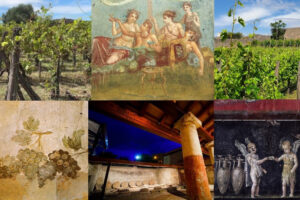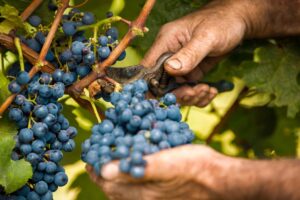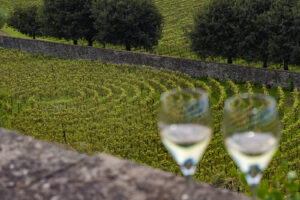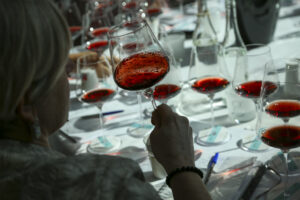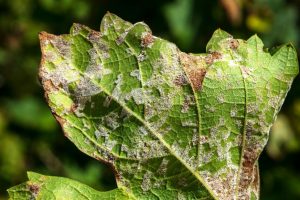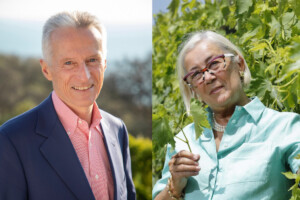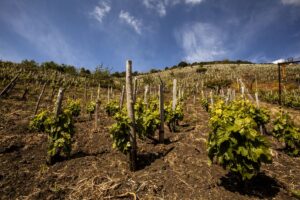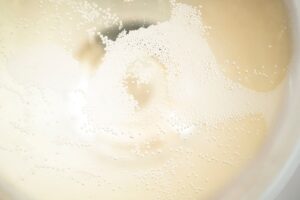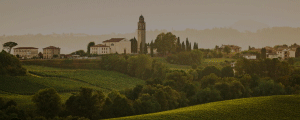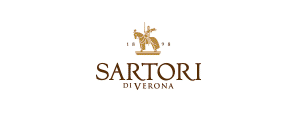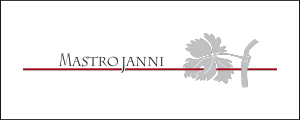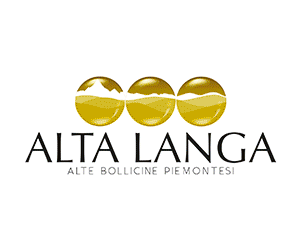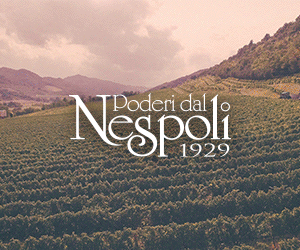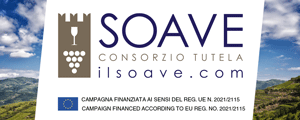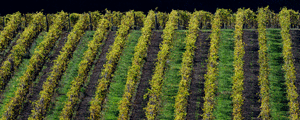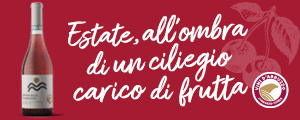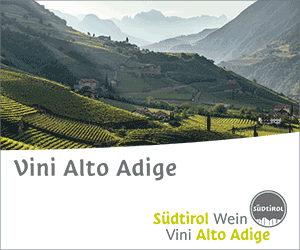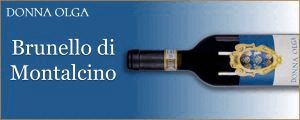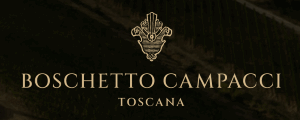The cultural wealth of Italian wine is, no doubt, its many indigenous grape varieties and antique cultivations, together with its numerous regions and appellations of origin: 73 DOCG, 332 DOC and 118 TGI. The economic wealth of the sector, however, is concentrated in just a few names and geographical indications that have the biggest numbers and the biggest part of the market as well. The ISMEA data on the production of certified wines in Italy was published in August on the basis of what the Certification Associations provided on the 2015/2016 harvest, and announced at the start of the 2016/2017 harvest.
The results show a 2.8% increase for PDO wines, to 13.7 million hectoliters, and 1% for the PGI wines, to 8.6 million hectoliters, based on market trends of individual denominations and production levels influenced by climate each year.
For PDO wines, the top 10 names represent more than half of the total. At the absolute top, needless to say, there's Prosecco Doc, at 2.684 million hectoliters - a 15.4% increase over the previous harvest, and alone worth 19.3% of certified designation wines. Then, Montepulciano d'Abruzzo, at 857.501 hectoliters (1.7% less), 6.3% of the total, followed by Chianti, the largest of the Tuscan denominations, at 720.382 hectoliters (4.2 % less), for 5.3%.
Then, Prosecco Conegliano and Valdobbiadene DOCG at 629.174 hectoliters, for a 7% increase and 4.6% of the Italian wine denomination. Asti has the same share but suffered an 11.8% decline for 629.821 hectoliters.
Soave is at position 6 at 422.793 hectoliters for 3.1% of the total (despite 13.6% less than the 2014/2015 harvest), ahead of Chianti Classico, which has grown the most among the top 10: + 36.6%, to 413.213 hectoliters and 3% of the total. To close the "top 10", South Tyrol at 309.074 hectoliters (+ 5.6%) and 2.3% of the total; Trentino at 307.890 hectoliters (+ 5.4%) and 2.2% and Piedmont at 260.881 (+ 0.7%) and 1.9% of the total. Among the top 30 Italian PDO wineries, Venezia DOC recorded the highest increase - from 41.461 to 93.248 hectoliters - 124.9% for a denomination in a single year.
For TGI wines, the top three alone accounted for 46.9% of the total, and the top 10 is more than 85%. Venetian wines are still the leaders -1.6 million hectoliters for TGI delle Venezie, which alone is worth 19.1% of the total, up 12.5%; then the Terre Siciliane, even the stable at 1.2 million hectoliters and 14.6% of the total volume and TGI Veneto at 1.1 million hectoliters (+ 0.4%), for 13%.
TGI Emilia is in position number four, with a major decrease of 25.3%, dropping to 837.576 hectoliters (9.7% of the total), contrasted by Apulia that jumped + 53.5% to 599. 690 hectoliters, for 9.7% of Italian TGI wines. Tuscany stayed the same (0.3% less), for 575 .087 hectoliters and 6.9% of the total, followed by TGI Rubicon, down 3.4 % to 540.832 (6.3% of the total), while Salento grew 28.2% to 372.857 hectoliters (4.3%). Both TGI Province of Pavia accounts for 2.4% of the total and fell 38.5% to 205.442 hectoliters, as well as Vineyards of the Dolomites that lost 5.9%, down to 205.243 hectoliters.
Copyright © 2000/2024
Contatti: info@winenews.it
Seguici anche su Twitter: @WineNewsIt
Seguici anche su Facebook: @winenewsit
Questo articolo è tratto dall'archivio di WineNews - Tutti i diritti riservati - Copyright © 2000/2024










